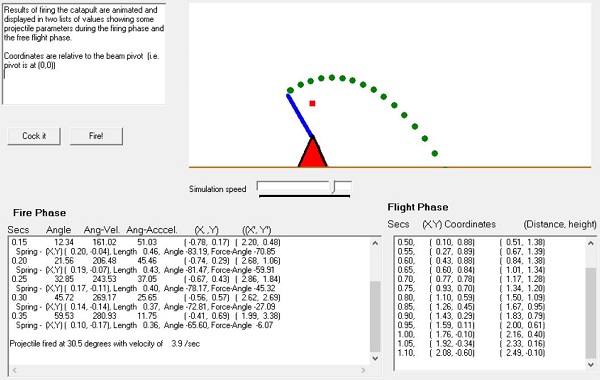Launching Mechanisms
Tags: mechanical, innovate, design, and thinkPersonhours: 2
Task: To build a launching mechanism for the particles
For the 2016-2017 season, particle scoring is really important. During autonomous, balls that are launched into the center vortex earn 15 points each, and balls that are launched into the center vortex earn 5 points. If done quickly enough, the particle scoring can negate most of the advantages another team has - just 8 particles scored during the driver-controlled period is equivalent to scoring all 4 beacons. With a good scoring mechanism, the only thing that your team must contend with is the other team scoring autonomous beacons and/or moving the cap ball off of the field.
So, we must seriously consider all of our launching options. We narrowed our options down quickly:
- Slingshot - Easy to make, but wouldn't hold up
- Air launcher/Pneumatics - With our team, bad idea waiting to happen
- Crossbow - Dangerous, but accurate.
- Flywheel launcher - Accurate, requires least maintenance, but huge battery load
- Catapult - Less accurate, but simple and powerful
Flywheel
Above is an example of a fully functional flywheel. The pros of that design are that it is efficient, accurate, and requires little upkeep. On the other hand, it needs at least 2 motors unless someone is willing to do gear witchcraft. As well, two extra motors will drain the battery (bigly), as we learned from last year's mountain climber. Finally, it can take up quite a bit of space on the robot and weigh it down a lot. Also, my initial model of it did not function well.
Catapult
We had trouble deciding on a catapult design. Initially, we were considering a more complicated flipper design, but after seeing our sister team's struggle with their design, we decided on a simpler, bungee cord design. The pros of this design are accuracy, simplicity, and strength, but the cons are that it isn't *as* accurate and that the elastic band will need to be replaced.

The coolest thing about this design is that it can be simulated before I change anything, using a catapult simulator. A sample of our catapult can be found here.
Reflections
This add-on is the first of many that we must make to prepare for competition. Next, on the build list, we need to create a capping attachment and intake system. In the future, we should probably speed up our development process if we are to head to the Arkansas regional tournament.
